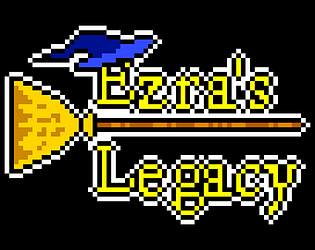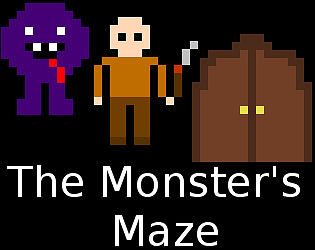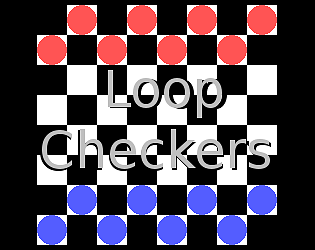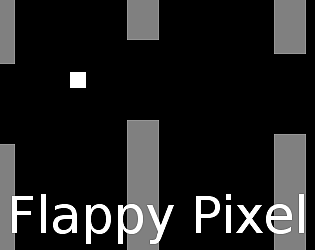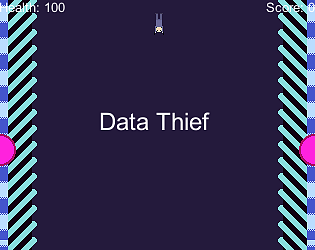The windows build, using vulkan, doesn't work (on windows 10 on a geforce gtx 1050 ti, with drivers up to date). The splash screen simply never disappears. But if I click in the spot where the play button should be, I can hear the music playing in a very low volume.
But if I start the game with with the "--rendering-driver opengl3_angle" command line option, the game seems to run without any problem.


